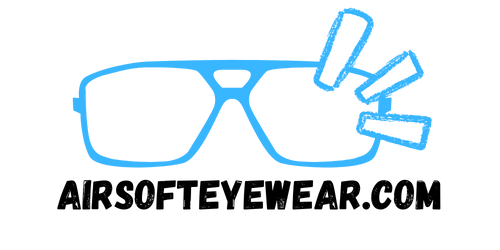Understanding the Working of Reading Glasses
Reading glasses are a common accessory for individuals who have difficulty seeing clearly up close. They provide a simple and effective solution for those experiencing presbyopia, a condition that affects the eyes’ ability to focus on near objects as they age. In this article, we will delve into the working of reading glasses and how they can enhance our daily lives.
To understand the working of reading glasses, we must first comprehend the concept of presbyopia. Presbyopia is an age-related condition in which the lens of the eye loses its flexibility, making it challenging to focus on close objects. It usually begins to affect people around the age of 40 and progresses gradually. Common signs include experiencing eye strain or headaches when reading or doing close work, holding reading materials at arm’s length, and blurry vision at a normal reading distance.
Reading glasses are designed to compensate for the diminished ability of the eyes to focus on nearby objects. They are designed with a convex lens that aids in redirecting light rays, allowing them to converge on the retina more effectively. This lens has a positive optical power, meaning it bends light rays towards the center, facilitating clear vision.
When we put on reading glasses, the convex lens helps increase the focusing power of the eye, allowing it to compensate for the reduced flexibility of the natural lens. By bending the incoming light rays and redirecting them, the reading glasses enable the eye to focus the light properly on the retina, resulting in clearer vision up close.
It is important to note that reading glasses are not intended to correct distance vision problems or astigmatism. They specifically address presbyopia and the associated difficulty in seeing nearby objects clearly. Individuals with other vision problems should consult an eye care professional for the appropriate corrective lenses or aids.
When choosing reading glasses, it is crucial to get the right prescription. Off-the-shelf reading glasses generally have a range of powers, typically starting from +1.00 diopters and increasing in increments of +0.25 or +0.50. It is recommended to have an eye exam to determine the correct prescription for your specific needs. An eye care professional will measure your near vision and prescribe the appropriate power to ensure optimal clarity and comfort.
The proper fit of reading glasses is equally essential for their effectiveness. Ill-fitting glasses can cause discomfort, headaches, and strain on the eyes. When wearing reading glasses, the lenses should be positioned directly in front of your eyes, with the frame resting comfortably on your nose. Adjustable nose pads or plastic frames that can be adjusted for a customized fit can be beneficial.
Understanding the working of reading glasses is crucial for those experiencing presbyopia or other vision challenges. By wearing properly prescribed and well-fitted reading glasses, individuals can alleviate the strain on their eyes and enjoy clear and comfortable vision up close. Remember to consult an eye care professional for an accurate prescription, ensuring you choose the right reading glasses to optimize your visual experience.






Comments are closed